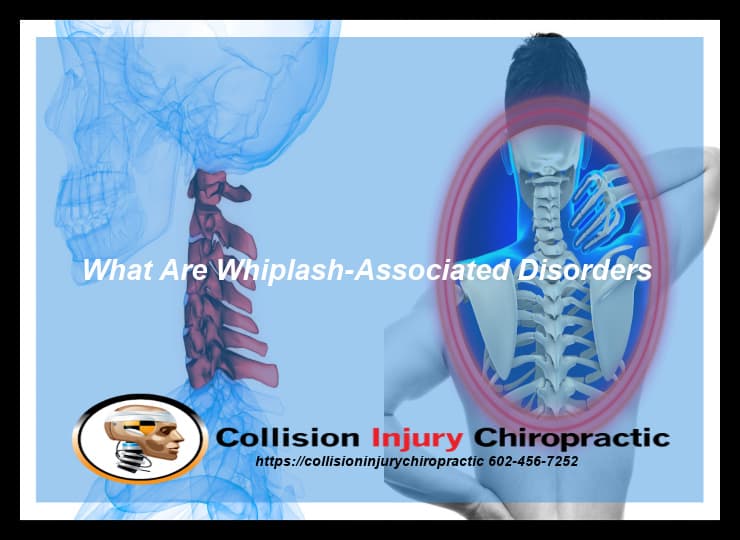Whiplash-Associated Disorders And Mid Back Pain
What Are Whiplash-Associated Disorders
While neck pain is one of the typical reasons patients seek chiropractic care, the underlying cause of neck pain can vary. In some patients, the cause may be unknown, or it may be the accumulation of years of poor posture, bad ergonomics, and an unhealthy lifestyle. In other patients, such as those who experienced a whiplash event in a rear-end automobile collision, the cause is well known and better understood. Is neck pain related to whiplash different than other types of neck pain, and what is the best initial approach for those with traumatic vs. non-traumatic neck pain?
In a 2020 study, researchers compared the initial presentation of 22 patients with mechanical neck pain (non-traumatic) and 28 patients with grade I or II WAD related neck pain with or without loss of range of motion but no neurological sensory deficits, motor weakness, and/or decreased or absent deep tendon reflexes.
A review of participant-provided assessment data, as well as examination findings, revealed the whiplash-associated disorders patients exhibited higher neck-related disability, felt pain over a larger area, and had a lower pressure pain threshold over the tibialis anterior the muscle next to the shin bone).
In the next phase of the study, each client obtained two treatments a week for 3 weeks that included soft tissue strategies targeting trigger points in the cervical area, back mobilization, muscle power strategies, manual traction, as well as particular cervical back workouts. This is the type of multimodal approach a client might receive from their Doctor of Chiropractic to restore typical motion to the cervical joints along with strengthening the deep cervical muscular tissues that typically end up being deconditioned following an injury to the cervical spine as well as connected concerns.
The researchers hypothesized that because the whiplash-associated disorder patients’ symptoms were more severe and they were more sensitive to pain, they would not respond as well to treatment. The patients in both groups, on the other hand, reported similar overall improvements in pain and disability after only six treatment sessions.
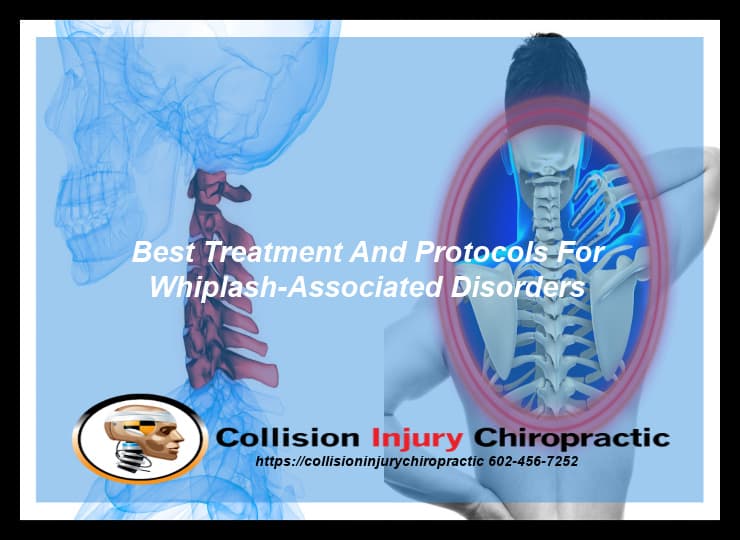
Best Treatment And Protocols For Whiplash-Associated Disorders.
A multimodal approach to treating neck pain, according to the findings, may be beneficial for both types of patients. Those suffering from mid-back pain, on the other hand, may require more office visits in order to achieve maximum improvement. In accordance with treatment guidelines, patients are encouraged to use one conservative option first, of which chiropractic care is an excellent choice. When a person experiences neck pain, whether it is caused by whiplash or a non-traumatic injury, it is critical to seek treatment as soon as possible. Delaying treatment increases the likelihood that the condition will become chronic and more difficult to manage.
If you’re talking about whiplash-associated disorders (WAD), most people think about injuries to the cervical spine. But what about injuries to the mid-back? Is it possible to sustain an injury to this area during a whiplash event?
It appears that not only can the mid-back be injured in an automobile accident, slip and fall, or sports collision, but it is also surprisingly common, according to the available research on the subject. When researchers looked at data pertaining to 6,481 patients who had been involved in a motor vehicle collision, they discovered that 66 percent of them complained of mid-back pain (MBP), with 23 percent still experiencing pain in this region a year after the accident.
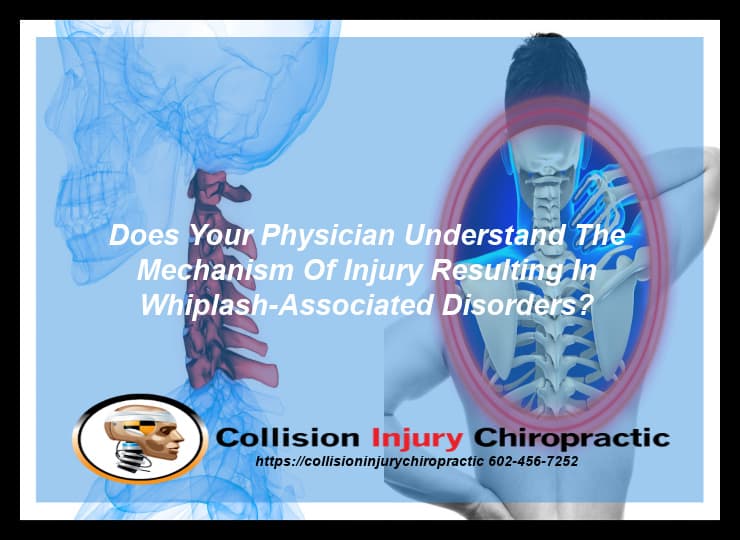
Does Your Physician Understand The Mechanism Of Injury Resulting In Whiplash-Associated Disorders?
For Every Injury, to any tissue in your body, the mechanism of injury leaves a forensic pattern of damage or injury. If you compare a dog bite to let’s say a bullet wound the pattern left behind is distinctly different and is remarkably different. Although there are different “degrees” of a burn injury it is remarkably different from the patterns caused by a dog bite or a bullet wound. The same is true of whiplash-associated disorders. This how Chiropractic Physicians differ from Medical Physicians as the Doctor of Chiropractic is taught to seek out and find the patterns left behind by the mechanism of whiplash and other spinal injuries.
When we understand the mechanism of injury, we can better understand how mid-back injury can occur and why it is so prevalent. Your skull weighs approximately 12 lbs (5.4 kg) on average, which is comparable to the weight of a bowling ball. Injuries to the neck that occur as a result of whiplash can cause significant strain on the nerves, muscles, tendons, and ligaments that connect the bottom of your skull to your mid-back and upper back, which can result in permanent damage.
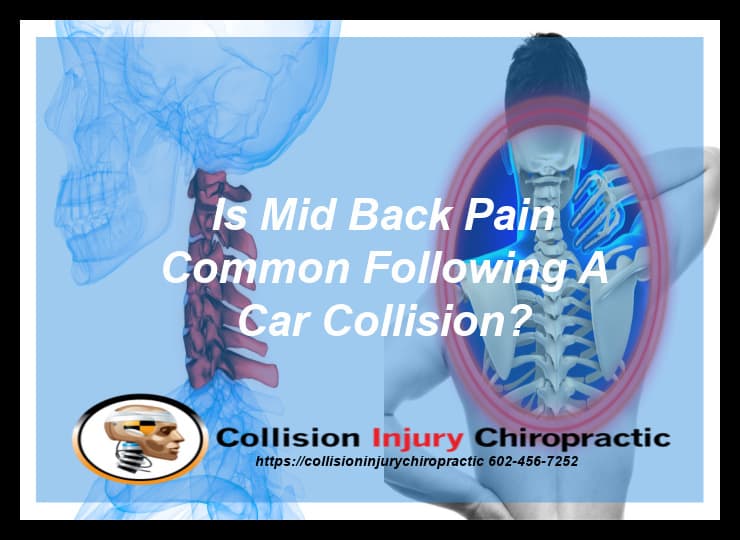
Is Mid Back Pain Common Following A Car Collision?
Not only is mid back pain common following an automobile collision (according to the authors’ criteria, over 60% of patients), but the intensity of mid back pain is higher in more severe mid back pain cases, according to a review of 38 studies that included over 50,000 mid back pain patients. Additionally, patients with mid back pain have increased muscle activity in the neck and mid-back/scapular muscles, are at an increased risk of pinching the nerves that innervate the arm at both the neck and shoulder, are more likely to have myofascial pain and trigger points in the neck and mid-back muscles, have altered mid-back posture, and have reduced thoracic spine mobility, among other things.
It does not matter if the injury is limited to the cervical spine; the mid-back does not get a get out of whiplash injury pass. During cervical flexion and rotation, the thoracic spine can contribute up to 33 percent and 21 percent of the total head-neck movement, respectively, depending on the motion. If neck mobility is compromised, the thoracic spine is forced to bear a greater share of the load, increasing the likelihood of overuse and injury.
To effectively manage mid-back pain, it is necessary to treat the accident victim as a whole, rather than limiting treatment to a single part of the body, such as the neck. When evaluating collision injuries, Doctors of Chiropractic are taught to take this approach. Care is often a multidisciplinary system that emphasizes spinal manipulation, mobilization, and other manual therapies, as well as specific rehabilitative exercises and nutritional advice to aid in the process of healing after a thorough examination has been completed.
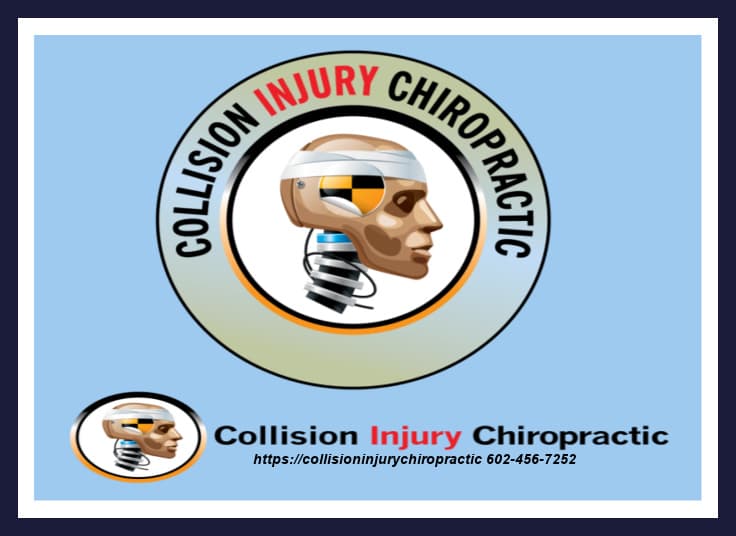
Tags: Acute Whiplash Associated Disorders (Wad), Auto Accident Injury Phoenix AZ, Can Whiplash Cause Problems Years Later, Car accident injury Phoenix AZ, Characterization Of Acute Whiplash-associated Disorders, Collision Injury Auto Accident Treatment, What Are The Signs And Symptoms Of Whiplash, What Is Whiplash Associated Disorder




